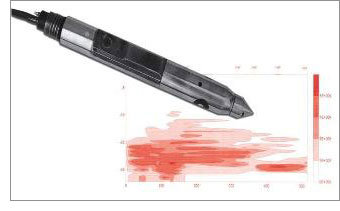
The Membrane Interface Probe (MIP) is a tool for the detection and logging of volatile organic compounds (VOCs) and chlorinated solvents in the subsurface as it is driven to depth. Compounds can be detected in either the vadose zone or saturated zone. The VOCs and chlorinated solvents are volatilized (with a heating element in the tool) and pass through the tool’s semi-permeable membrane. Compounds are then transported through the trunkline by a carrier gas to a detection system on the surface consisting of PID, FID, and DELCD detectors. A real time log provides information of the total VOCs and total chlorinated solvents detected as well as an electrical conductivity log which provides an indication of lithology encountered in the subsurface.
Capability
| • |
The MIP is a logging tool and indicates: |
|
| • |
where the contaminant is encountered at depth, |
| • |
where the contaminant is absent at depth, |
| • |
what the relative concentrations are at depth |
|
| • |
Detects VOCs in soil while driven to depth |
| • |
Can detect dissolved hydrocarbons down to 1 ppm |
| • |
Great tool for the delineation of hydrocarbon spills and plumes |
| • |
Operates both in the vadose zone and in saturated zones |
| • |
Detects soil conductivity used in lithology interpretation |
| • |
Can detect approximate water table depth |
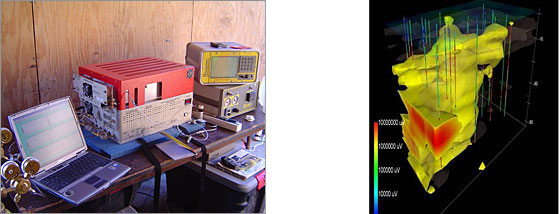
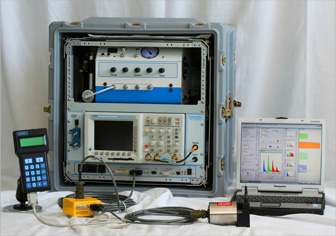
The Ultra-Violet Optical Screening Tool (UVOST®) is a highly sophisticated, yet ruggedly Designed tool that delineates nearly any petroleum NAPL including gasoline, diesel, crude oil, kerosene, and many others. It can be deployed by any type of direct push platform. UVOST is simply the world’s finest commercial laser-induced fluorescence (LIF) system and it was built to do one thing – find petroleum NAPL. The UVOST system uses a sapphire window in the side of the direct push probe to measure front-face fluorescence of the petroleum NAPL as the probe is advanced into the soil with nearly any DPT platform. PAH fluorescence of fuels/oils is directed back to the surface where it is analyzed. Responses are indicated in real-time on a graph of UVOST signal vs. depth.
Capability
| • |
Real-time data - allows for "on-the-fly" guidance of the next bore-hole location, leading to better bounding of source term |
| • |
No IDW - true in-situ information without investigation derived waste, carryover, or handling and storage of samples |
| • |
Fast - production rates of 300 to 500 feet per day (typical direct push conditions) |
| • |
Color-coded logs - the ultimate in qualitative and semi-quantitative information at-a-glance |
| • |
High data density - one inch/data point |
| • |
Sensitive - low detection limits and baselines |
The end result of a UVOST boring is a high-density, non-subjective electronic data log readily incorporated into accurate conceptual site models. Accurate models lead to knowledgeable decisions, accurate treatment and removal designs, realizing accurate cost estimates. Successful remediation and treatment requires detailed knowledge of NAPL location and distribution. UVOST can provide a conceptual site model at unprecedented speed, detail, and efficiency. Sampling simply can’t compete with UVOST’s production rates.
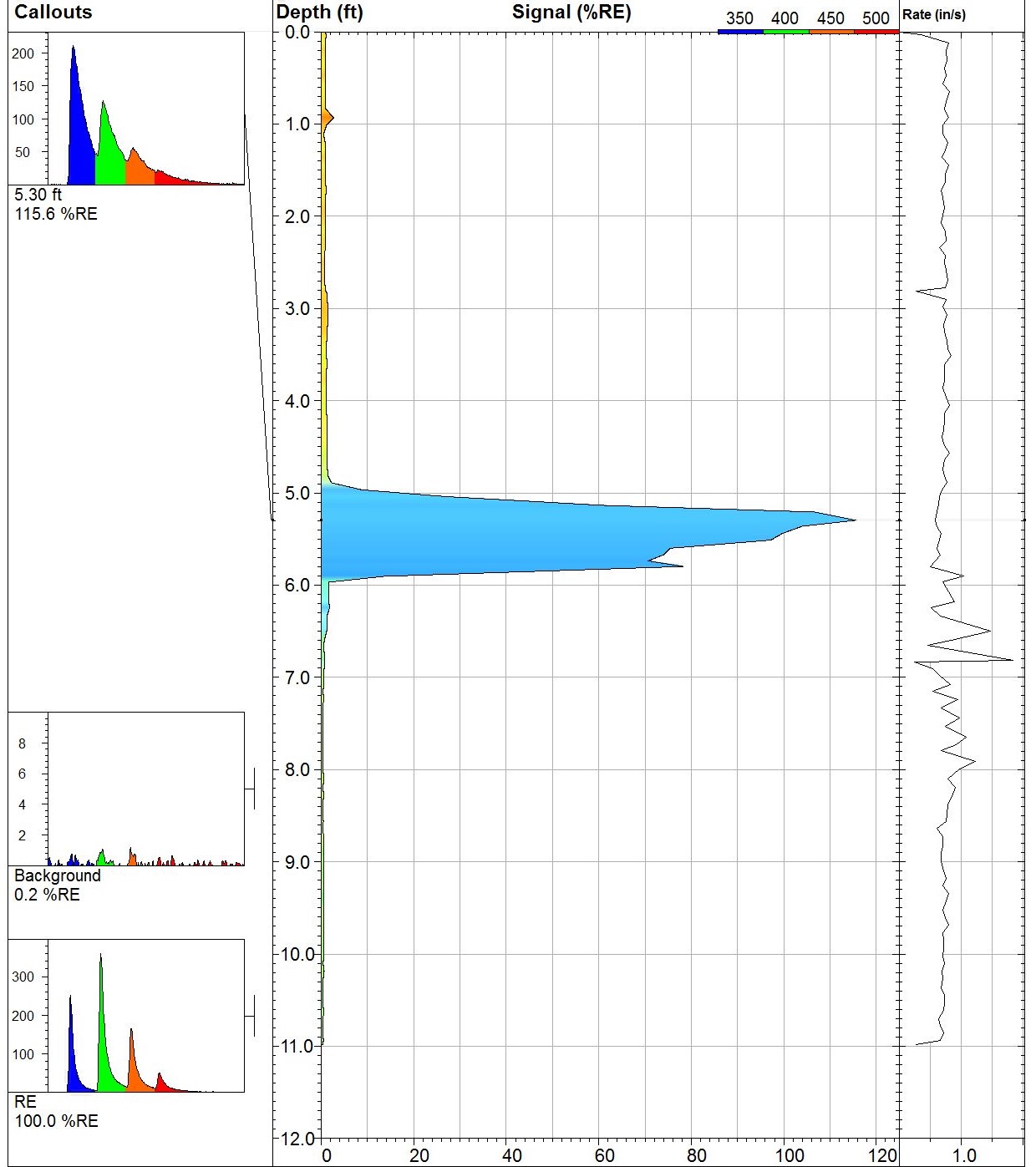
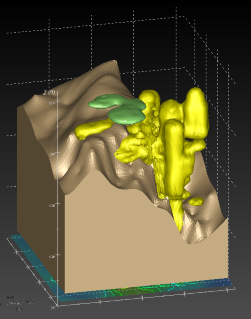
|

